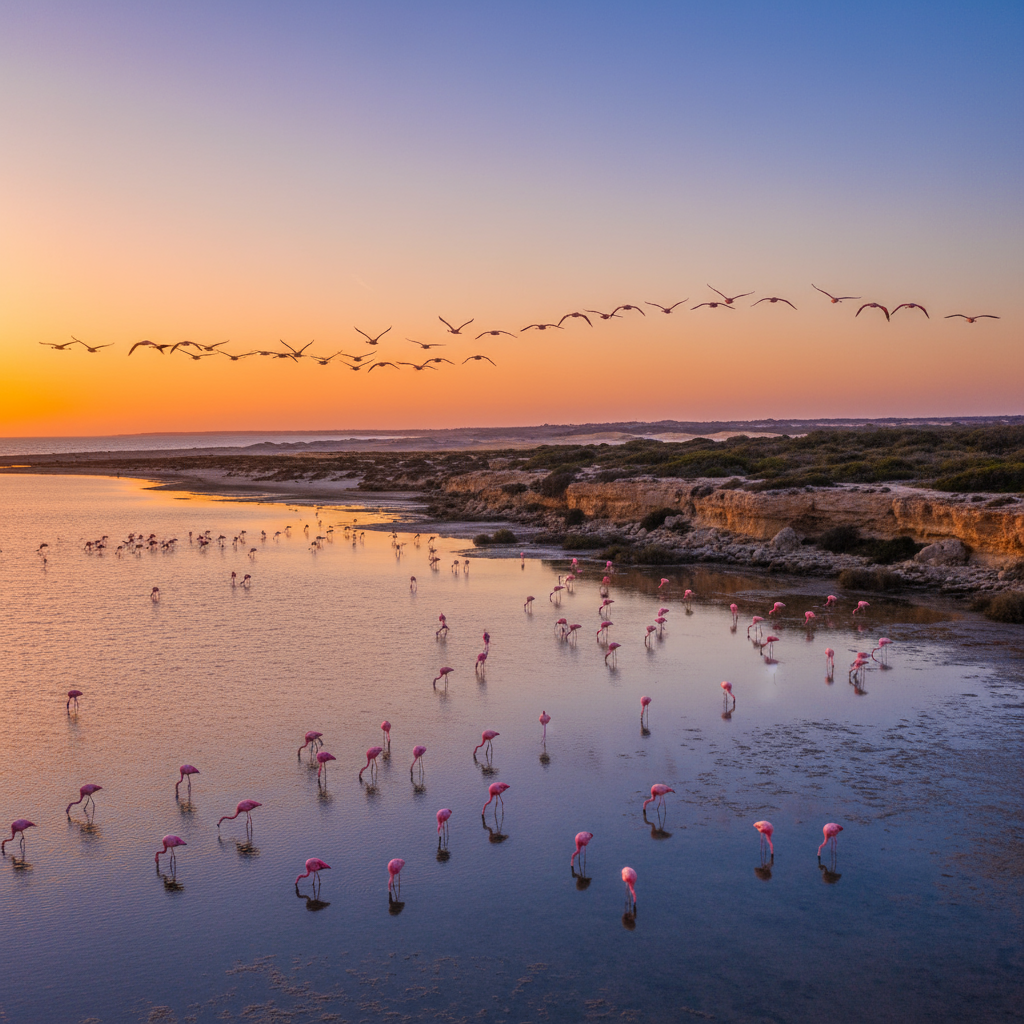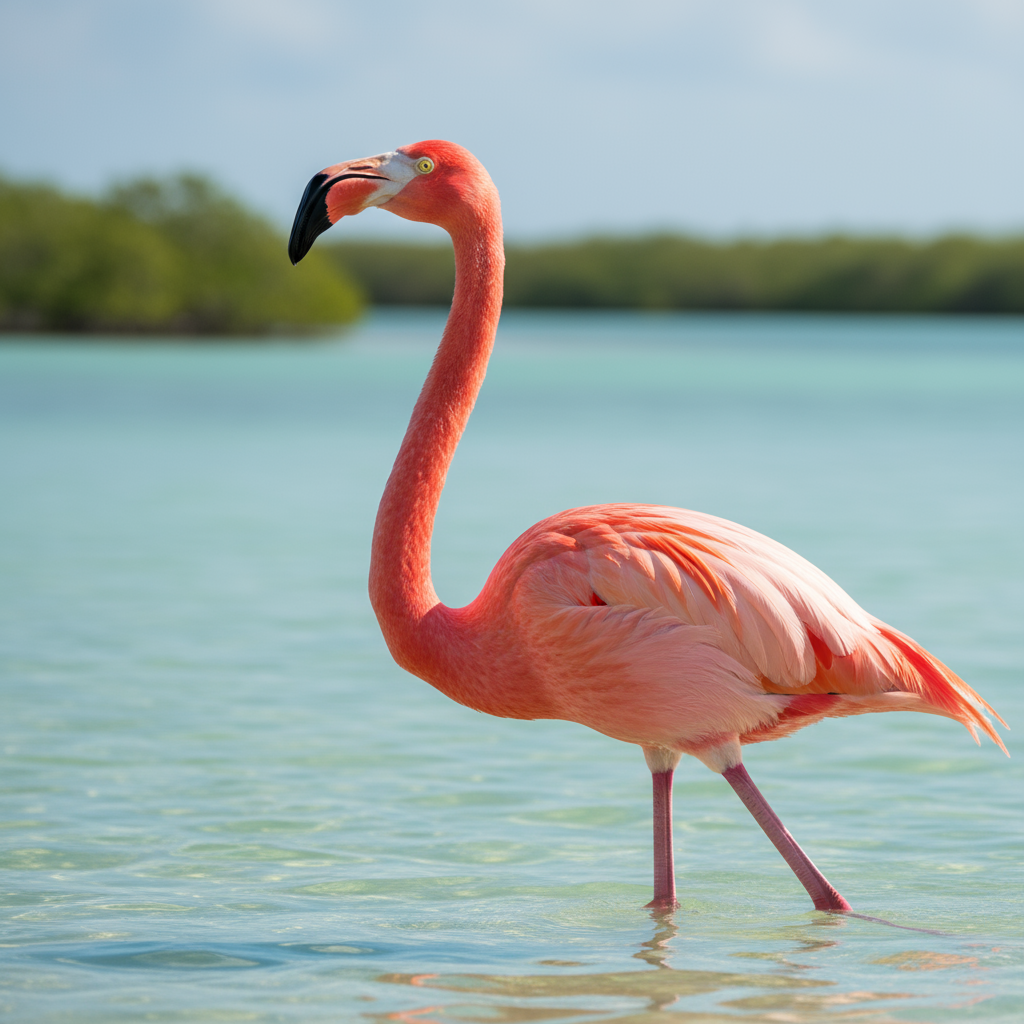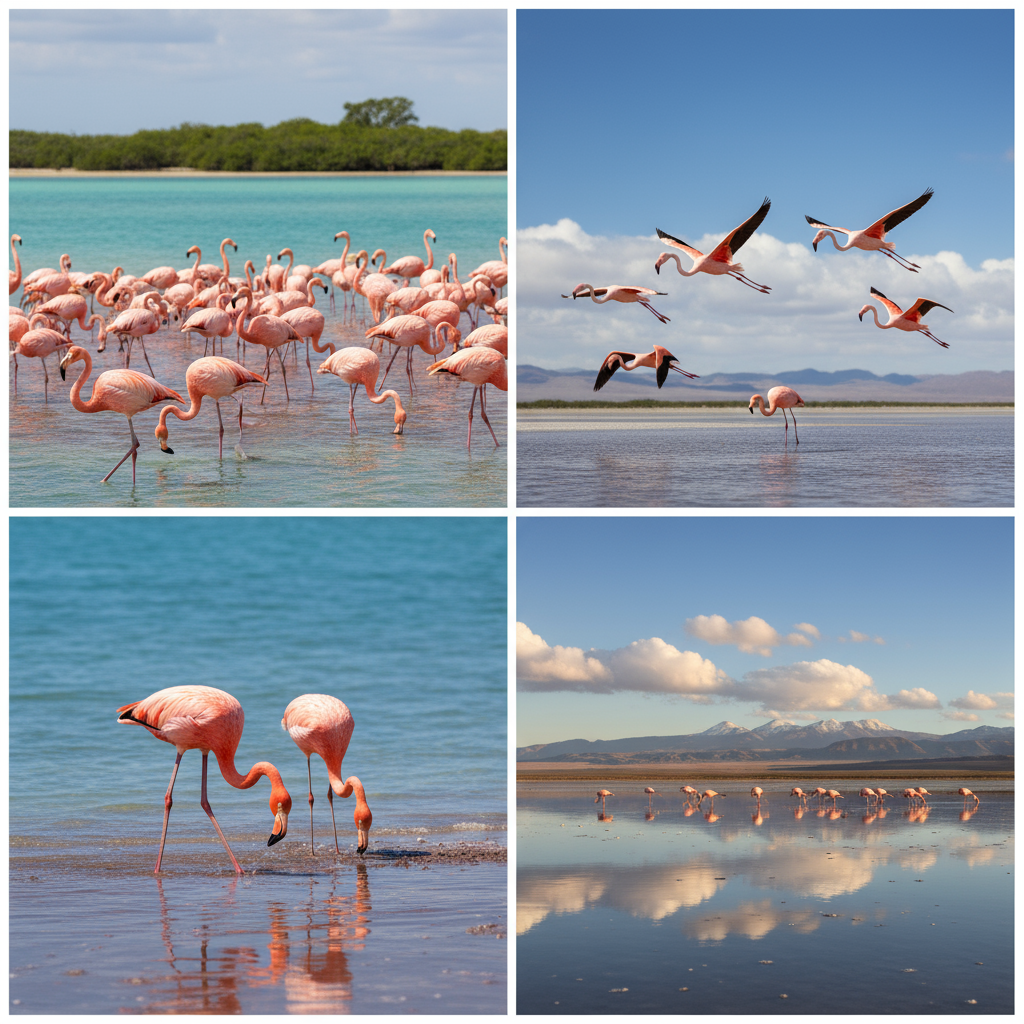Aging is a universal process experienced by nearly all living organisms, yet its pace varies considerably across species—and even among individuals within the same species. Recent scientific research on the graceful pink flamingo (Phoenicopterus roseus) reveals a surprising connection between migratory behavior and the rate of aging, offering new insights into how lifestyle choices can influence longevity.
Introduction: The Mystery of Flamingo aging and Migration Behavior
For decades, biologists have sought to understand why some animals age more slowly than others. While aging patterns were formerly viewed mostly through the lens of species differences, emerging evidence highlights significant variability in aging rates among individuals of the same species resulting from genetics, environmental factors, and behaviors such as migration.
The pink flamingo of the Camargue wetlands in southern France has provided an exceptional natural model for this investigation. A long-term monitoring program spanning over 40 years has tracked individual flamingos to reveal that those who migrate age more slowly compared to their resident counterparts that remain in the same region year-round.
Flamingo Populations: Residents vs. Migrants
In the Camargue region, two distinct flamingo groups coexist:
- Resident flamingos, which spend their entire lives in the Camargue’s coastal lagoons.
- Migratory flamingos, which travel annually to spend winters in parts of Spain, Italy, or North Africa.

The study found that resident flamingos enjoy early-life advantages such as higher survival rates and greater reproductive success during their youth, benefiting from stable local conditions without the energetic costs associated with migration. However, this initial vigor comes with a cost: residents experience accelerated flamingo aging later in life.
Migrants, despite facing higher mortality and reproductive challenges early on due to the demands of their long journeys and new environments, compensate with a slower aging process, sustaining reproductive capabilities and survival longer when they reach advanced ages.
Key Findings on Flamingo aging and Life History
- The onset of aging begins earlier in resident flamingos, around an average age of 20.4 years, versus 21.9 years for migrants.
- Residents show approximately a 40% faster decline in reproductive performance and increased mortality risk at older ages relative to migrants.
- Migrants pay energetic and survival costs early but appear to mitigate these through physiological or behavioral adaptations slowing senescence.

Why Does Migration Slow Aging?
Migration, a complex behavior exhibited by billions of animals worldwide, requires high energy expenditure and exposes individuals to varying environments, pathogens, and risks. Still, its association with slower aging suggests benefits possibly linked to migration-induced metabolic or cellular processes, reducing damage accumulation over time or promoting repair mechanisms.
This study highlights an important evolutionary trade-off whereby organisms balance investments between early-life reproductive success and longevity based on their movement ecology and life history strategies.
Scientific Significance of Long-Term Monitoring
The research leveraged decades-long banding and observation data collected by the Tour du Valat research institute in Camargue. The repeated ability to identify individuals over their lifespans enables robust insights into mortality, fertility, and aging patterns seldom achievable in wild animal populations.
Flamingos’ exceptional lifespan (some exceed 50 years) combined with clear variation in migratory behavior makes them a powerful system to study senescence and the biology of aging in a natural context.
Broader Implications: Intraspecific Aging Variability
The flamingo study adds to a growing body of literature demonstrating that aging rates can vary significantly within species. Genetic predispositions, environmental exposures, and individual behaviors lead to diverse aging trajectories—even among genetically similar individuals.
This recognition prompts reevaluation of aging theories and encourages investigation into how behavior and environment modulate biological aging.
Life-History Trade-offs: Early Performance vs. Longevity
The contrasting life histories between resident and migratory Flamingo aging embody classic evolutionary trade-offs:
- Residents maximize early-life survival and reproduction but at the expense of faster senescence.
- Migrants sacrifice early reproductive success for prolonged health and lifespan.
Understanding such trade-offs aids in explaining how natural selection shapes life histories and supports adaptation to dynamic ecological niches.

Conclusion: Migration’s Role in Longevity and Conservation
This research demonstrates the significant influence of migration on aging within a species and challenges assumptions about inevitable aging rates. Insights from flamingos encourage broader exploration into how behavior shapes senescence and underscore the ecological and evolutionary importance of preserving migratory corridors and habitats.
Protecting flamingos and their diverse behavioral strategies not only conserves biodiversity but potentially reveals keys to understanding aging mechanisms applicable beyond ecology.
References
- Migration shapes senescence in a long-lived bird, PNAS, 2025
- Flamingos reveal their secret to staying young, Science Daily, 2025
- Pink Flamingos Reveal Their Secret To Aging, Forbes, 2025
- Flamingos could hold the secret to slower aging, SciTech Daily, 2025
- What flamingos can teach us about the mysteries of aging, Earth.com, 2025
- https://www.pnas.org/doi/10.1073/pnas.2422882122
- https://www.sciencedaily.com/releases/2025/09/250907172614.htm
- https://www.forbes.com/sites/grrlscientist/2025/09/02/pink-flamingos-reveal-their-secret-to-aging/
- https://tourduvalat.org/en/publications-en/flamingos-reveal-the-secrets-of-their-aging-process/
- https://esrfoundation.ae/flamingos-and-aging/
- https://scitechdaily.com/flamingos-could-hold-the-secret-to-slower-aging-study-reveals/
- https://www.earth.com/news/what-flamingos-can-teach-us-about-the-mysteries-of-aging/
- https://www.pnas.org/doi/10.1073/iti3625122
- https://www.obnews.co/Flow/News/id/11917633.html?val=617a5cd7d84dd2a5c9c03a8cfe1d56fd&ch=oppo&g_v=Z_cxtlGfbnqgBjCXKshBplEPhme1KwUpdfs1rLoXR0j2pgV0QZFMtVHUiy_siQ1I
- https://www.biorxiv.org/content/10.1101/2025.06.16.659883v1.full-text
